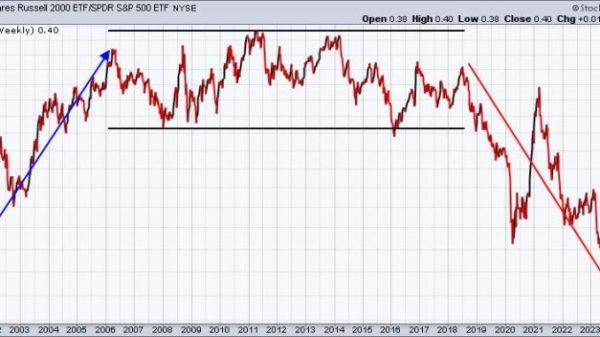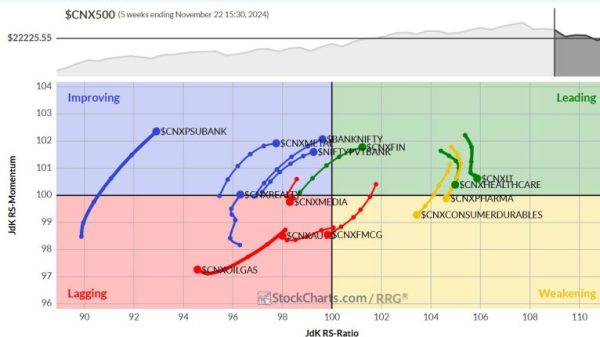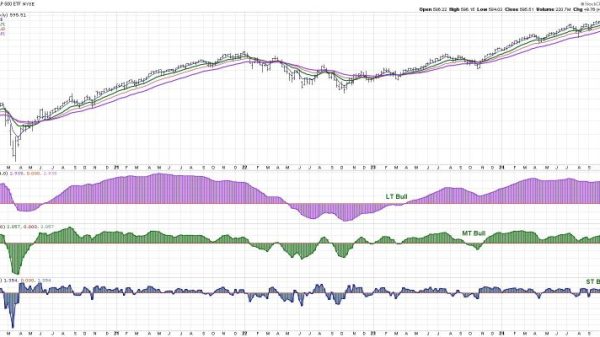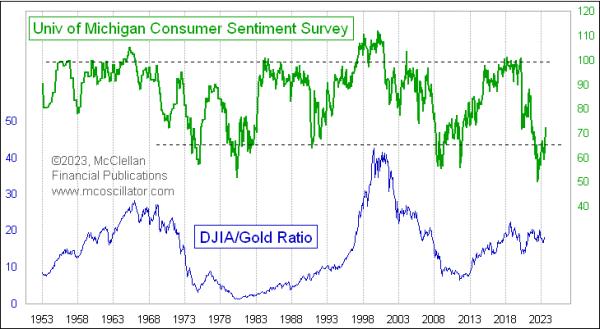The 2020 presidential election coincided with the Census Bureau’s decennial tally of the number of people living in the United States. You know this; every year ending in a zero has a census. But perhaps you don’t recognize the importance of this count.
For one thing, it meant a reallocation of House seats — and, by extension, a rejiggering of electoral vote distribution. If the two-party results of the 2024 election were precisely the same as those of the 2020 election, Kamala Harris would see an electoral vote margin that is six votes smaller than the one Joe Biden enjoyed, thanks to the shift of House seats (and electoral votes) from states that voted blue to states that voted red.
And that’s even before you consider the demographic changes that have taken place. On Monday, the New York Times reported that there has been an uptick in the rate at which new citizens are being naturalized. It’s not uncommon for citizenship applications to increase as an election approaches, but the government has increased resources to grant citizenship to qualified applicants on an expedited timeline.
This approach is “potentially reshaping the electorate, merely months before a pivotal election,” Xiao Wang, head of a company that analyzes immigration data, told the paper. “Every citizenship application could be a vote that decides Senate seats or even the presidency.”
This exclamation lands differently depending on one’s view of immigration and, in this political moment, one’s view of the idea that the political left is seeking to deliberately flood the country with new immigrant voters. This false belief is stoked by Republicans because it casts the left’s support for immigration as nefarious or self-serving, and because it offers a new way to frame immigration as dangerous to the right.
But while Wang is correct — every eligible voter might be the one to swing a close election — it is important to consider the relatively modest number of naturalized citizens in context.
Demographic data necessarily lags the state of the population in any given moment, since counting people and reporting on the results takes time. But we have data on the population in each state, including the number of naturalized citizens and the number of deaths in recent years that allows us to both project what the population will look like in 2024 and to compare it with the population of each state in 2020.
Using four categories — change in the 18-to-64 population, change in the 65-and-over population, total deaths and the change in naturalized citizens — here’s how the resident population of each state changed from 2020 to 2024.
Notice (as with the Alaska example) that a number of states have fewer adults under the age of 65 than they did in 2020. No states have fewer adults ages 65 and over.
This is a recognized demographic trend. The baby boom lasted from 1946 to 1964, swelling the population. Subsequent generations have been smaller, especially relative to the country’s population. Those boomers are now ages 60 to 78, which is why the senior population is growing. That’s pulled a lot of 60-somethings out of the 18-to-64 pool and into the 65-and-up pool. (The peak year of baby-boom births was 1957. People born that year were 63 in 2020 and 67 now.)
The change in naturalized citizens is also uniformly an increase. (This looks at the number of naturalized citizens measured by the Census Bureau, not data on naturalizations.) But it’s more modest than the increase in adults overall or even new senior citizens. There is some overlap between those categories. In fiscal 2023, a fifth of newly naturalized citizens were 65 and over. (A third of all newly naturalized citizens that year were relatives of American citizens.)
The number of deaths in each state since 2020 — swollen by the coronavirus pandemic — is larger than the increase in people 65 and older or than the number of naturalized citizens. In all but nine states, the projected number of deaths from 2021 to 2024 is larger than the number of adults projected to have been added to the population.
The states that saw more deaths than added adults voted for Joe Biden by a seven-point margin in 2020. The states that saw more adults added than deaths backed Donald Trump by three points.
These numbers don’t generally overlap with partisanship, though. Naturalized citizens are not presumptively aligned with one particular party, nor are older voters. In April, we looked at the change in voter registration for people moving between states, which is a better (if itself now outdated) way of assessing that change.
Perhaps the most useful way to consider these numbers, then, is to remember that state-level polling doesn’t reflect huge shifts from the 2020 to the 2024 races. The odds are that changes in state populations from aging, deaths or naturalization have effects mostly at the margins.
Wang remains right, though: Those margins may be what determines the outcome. But that’s true of all voters, not just the new citizens.





























